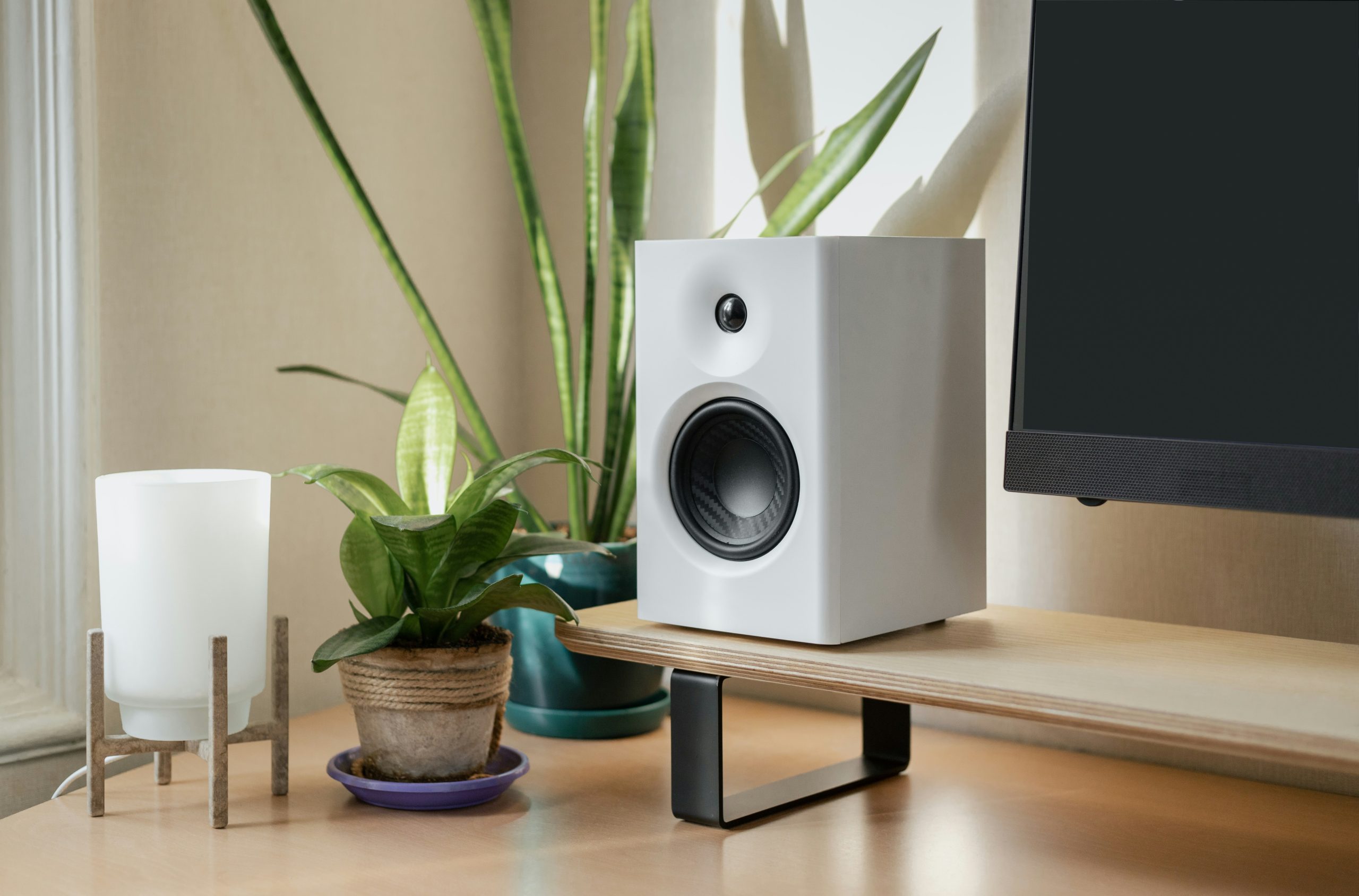Introduction
The smart home industry is transcending basic voice commands and app-based controls, evolving toward ambient intelligence that anticipates human needs. With the global market projected to exceed $200 billion by 2026 and device shipments doubling in 2024 , next-gen technologies are redefining convenience, sustainability, and security. Here’s how invisible interfaces, self-powering systems, and spatial computing will transform living spaces by 2030.
1. Ambient Interaction: The Disappearing Interface
Core Shift: Eliminating physical screens and wake words through multimodal sensing.
▶ Key Innovations
- •Biometric Spatial AwarenessHuawei’s whole-house solution deploys 300+ millimeter-wave radar nodes achieving 5cm spatial precision. Systems activate “Home Mode” via gait recognition—lighting and HVAC adjust within 1 second, zero manual input required .
- •Brain-Computer Interface (BCI) TrialsNon-invasive EEG headbands (e.g., Tsinghua University prototypes) control curtains with 78% accuracy. Commercialization hurdles include signal noise filtering and cost reduction (<$300/unit) .
- •Predictive AI EnginesHaier’s “AI Eyes” pre-activate range hoods when users approach kitchens, projecting optimal cooking paths onto countertops. Verified to reduce manual steps by 40% .
⚠️ Privacy Tightrope: New EU regulations mandate physical sensor covers, while China’s GB/T 39190-2020 requires local data encryption .
2. Energy Autonomy: Homes as Power Plants
Vision: Buildings transition from energy consumers to microgrid nodes.
▶ Breakthrough Solutions
| Technology | Leading Model | Efficiency Gain |
|---|---|---|
| Building-Integrated PV | Tesla Solar Roof V3 | 22.5% efficiency, 40% cost drop |
| Kinetic Harvesting | Pavegen Magnetic Flooring | 0.2W/step, powers hallway lights |
| AI Microgrid Orchestration | Sungrow Home Battery | 76% PV utilization, cuts peak tariffs |
Policy Catalysts: EU’s Energy Performance of Buildings Directive mandates near-zero-energy homes by 2030; China subsidizes 30% of “PV-Storage-Direct-Flex” pilot projects .
3. Spatial Computing: The 3D Command Center
Revolution: Smartphones replaced by immersive AR/VR interfaces.
▶ Deployment Scenarios
- •Augmented MaintenanceBosch’s Patchen AR overlays repair guides on malfunctioning appliances, slashing fix time by 50% .
- •Real-Time Space DesignIKEA Place (Vision Pro edition) simulates virtual furniture with 95% lighting accuracy, auto-generating shopping lists post-adjustment .
- •Gesture Control HubsApple HomePad (2026 launch) enables millimeter-accurate gestures: swipe for AC modes, fist-clench for light temperature .
⚠️ Comfort Barrier: Meta studies show 87-minute daily AR usage limit before dizziness. Demand surges for lightweight lenses .
Convergence: Exponential Value Creation
- •Energy-Powered SensingTesla Powerwall sustains sensor networks for 48hrs during outages .
- •Visualized EfficiencyHisense AR glasses project energy heatmaps: red zones prompt layout optimizations, saving 18% annually .
- •Predictive ScenariosHuawei systems pre-heat floors before cold snaps via AR prompts, limiting temperature swings to ±0.5°C .
Challenges & Countermeasures
| Issue | 2025 Status | Innovative Fixes |
|---|---|---|
| Privacy Risks | Radar penetrates walls | Ant Group’s “Hidden Language” framework – data usable but invisible |
| High Costs | ROI period >8 years | Green housing mortgages (1.2% rate cuts) |
| Fragmented Ecosystems | Matter 1.3 failure rate: 0.7% | Apple’s protocol translation layer – legacy device integration |
Conclusion: The 2030 Smart Home Blueprint
- •Interaction: Gesture/neural controls dominate (>60%), voice commands become fallback options
- •Energy: 100% new homes integrate PV facades; energy surplus ratio = core metric
- •Interface: AR glasses replace phones; physical switches = vintage decor
Industry Inflection: True intelligence emerges when technology fades into the background.
Discussion: Can energy autonomy coexist with ironclad privacy? Share your vision!
